The tranquilizer gun is already at hand as the off-road vehicle turns off the public roads into the Majete Wildlife Reserve. Suddenly, things get bumpy. The off-road vehicle rumbles down the steep and stony passages into a dry riverbed, only to emerge from the riverbed a few meters later just as steeply and with the engine howling. Still only the engine howls, but in this evening lioness Sheerie is to get a new radio collar. The African Park team, veterinarian Dagmar Mayer and monitoring manager Craig Thomas, is approaching the lioness’s approximate location. Who, they know from the control room, is out that evening with one of her sons.
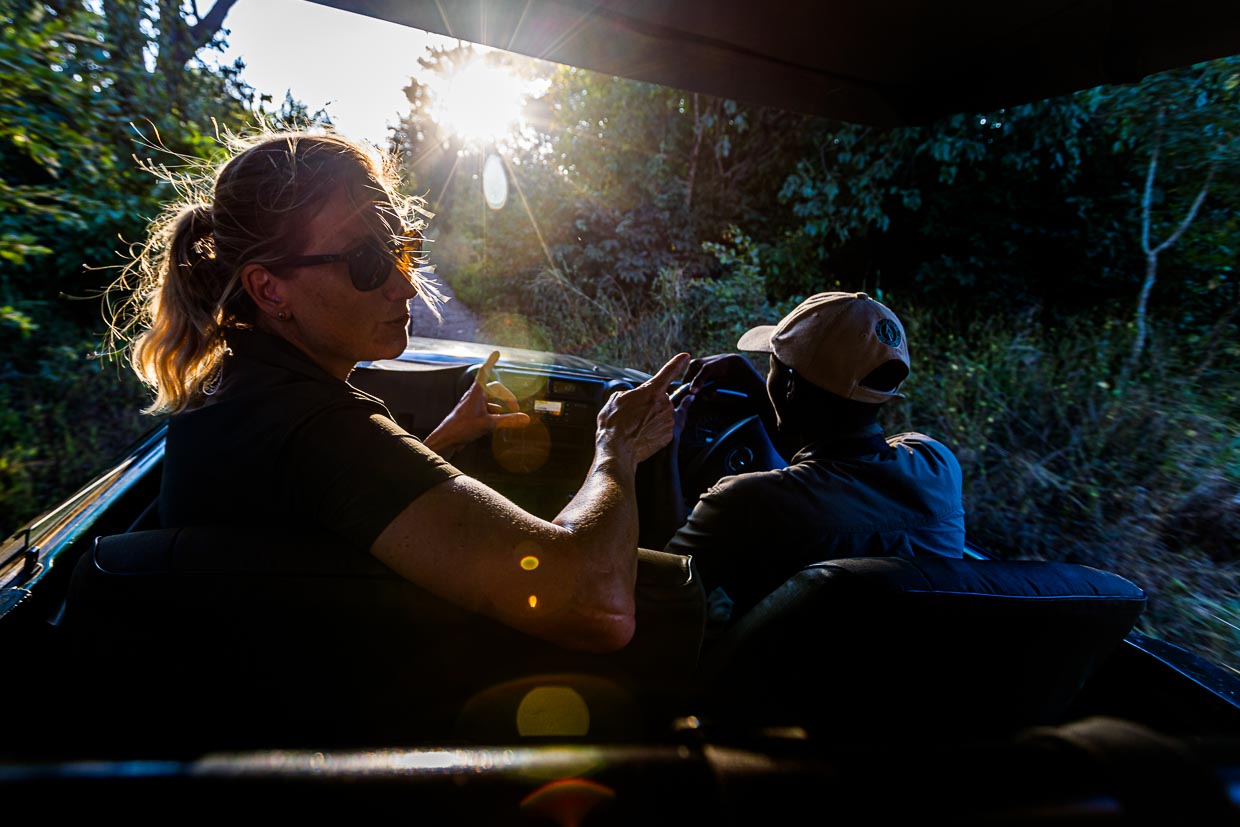
Bringing the lioness into visual range takes some effort. The calls of a dying prey animal are simulated and a large chunk of meat is attached to a highly visible spot so that, if all goes well, the vet can fire the stunning shot. Since lions are night hunters, this surveillance team operation begins in the late afternoon. By the time the lioness Sheerie actually approaches the team, it is pitch dark. The scene seems almost surreal. To the miserable sounds of a dying young buffalo, a fantastic African starry sky sparkles. From the rangers’ radio messages, it appears that, in addition to the lions, a pack of hyenas is approaching the two cars. A bizarre situation that is part of everyday life for the African Parks monitoring team.
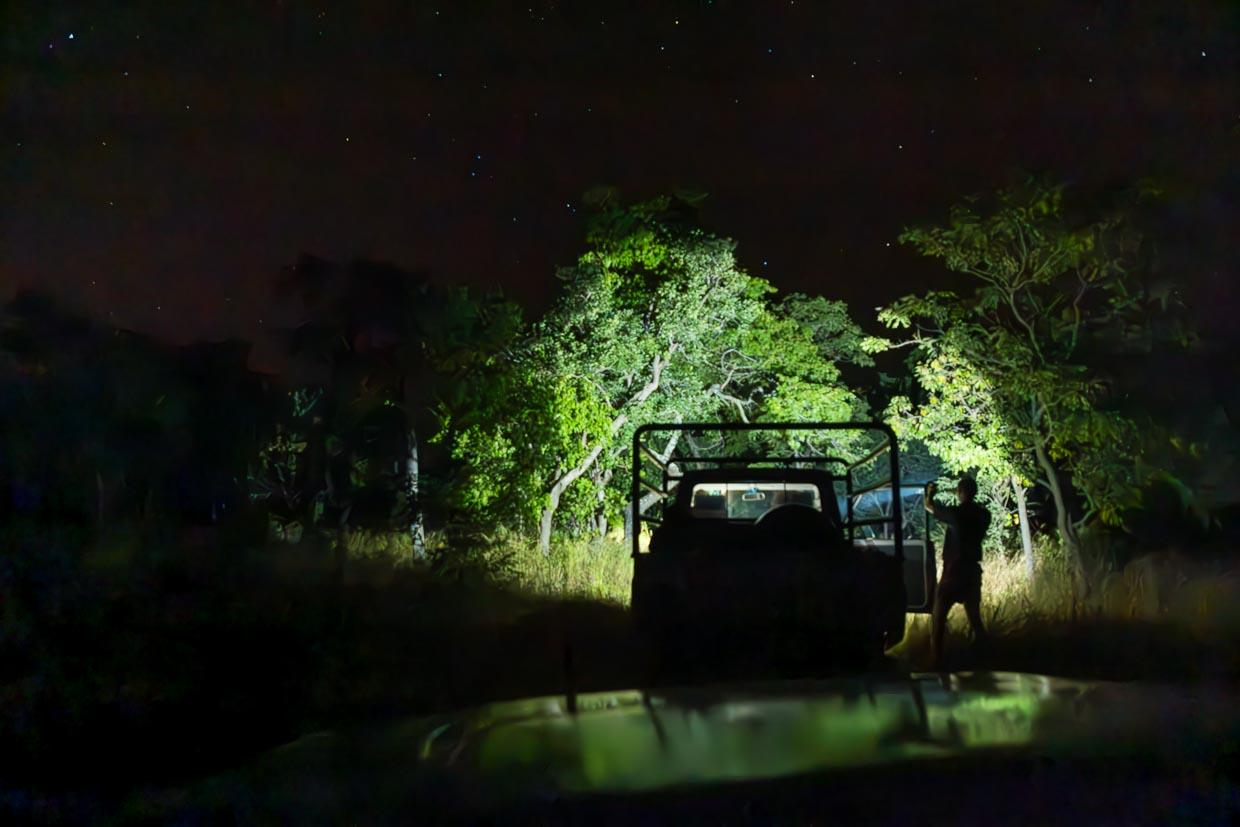
Anniversary in Majete
In 2023, Majete Wildlife Reserve will celebrate its 20th anniversary of collaboration between African Parks and the Malawi Government Department of National Parks and Wildlife (DNPW). When the area was taken over in 2003, it was almost empty of game. Except for a few antelopes, there was no wildlife left and tourism was correspondingly down. Bad times for species conservation and for the people in the villages around Majete. Twenty years later, the Majete Wildlife Reserve is a showcase project in Malawi.
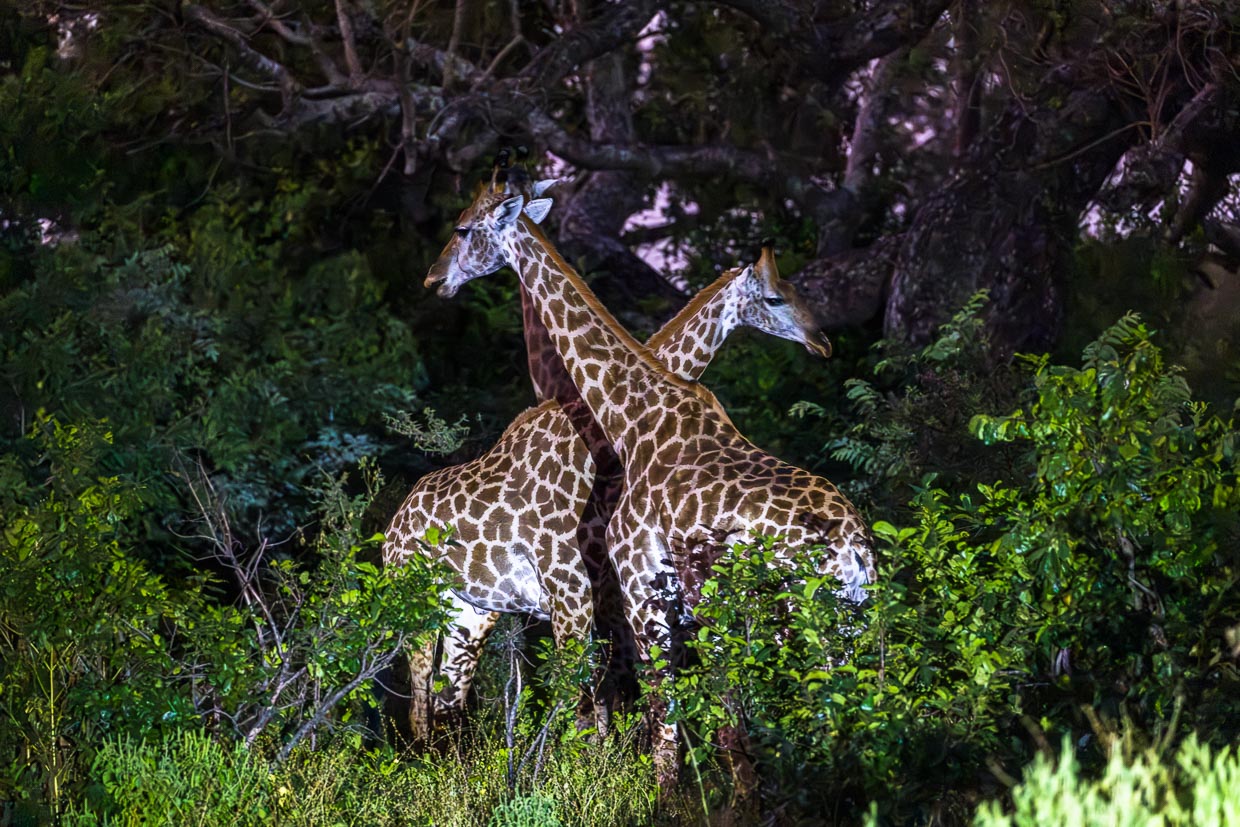
After the successful reintroduction of wildlife, Majete was for a long time the only place in Malawi where the Big Five could be observed. Today, 12,000 big game animals live in the park, including rhinos, elephants, leopards, cheetahs, lions, buffalos and giraffes. In 2021, a major milestone will be reached with the reintroduction of the wild dog, the last predator to be eradicated in the region. One of the greatest successes of the more than 40 rangers in the park, however, is that poaching of rhinos, elephants and other endangered species has been stopped consistently since 2003.
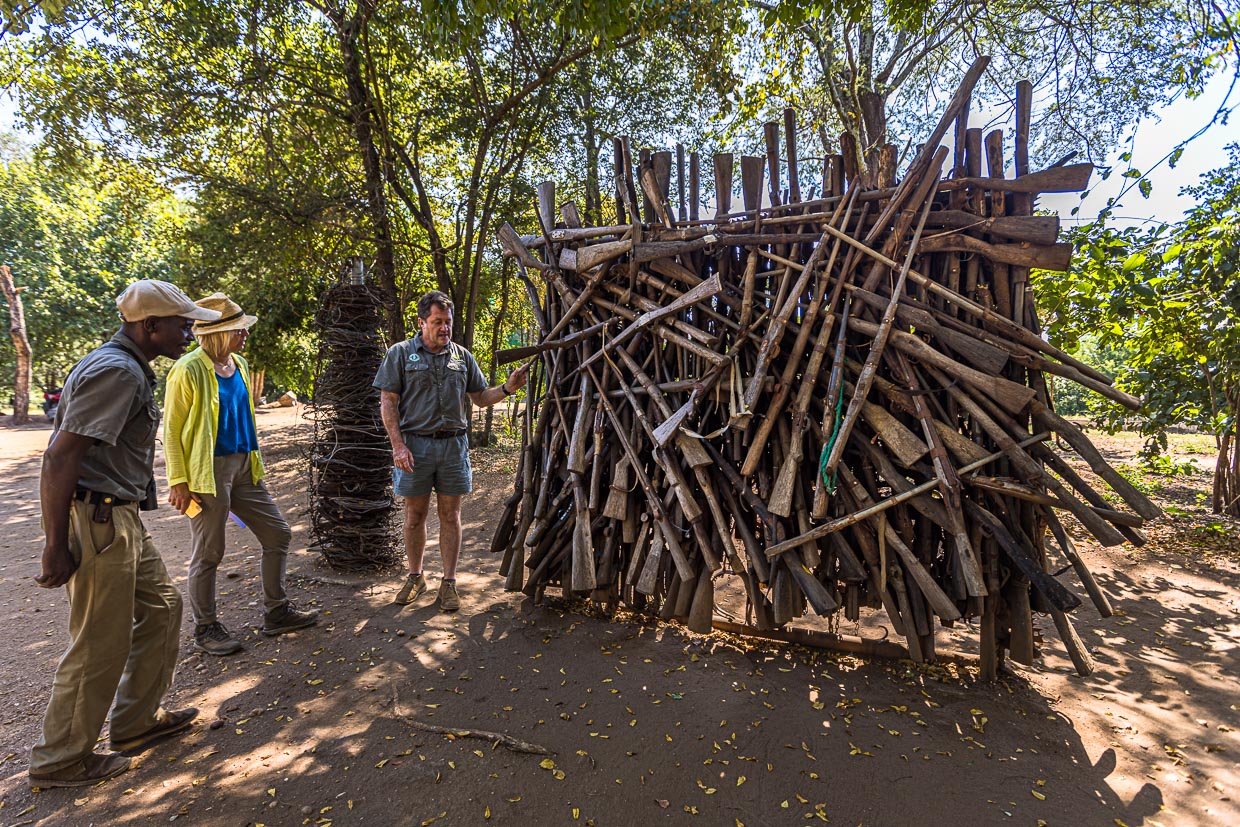
Strategies against poaching
John Adendorff is park manager at Majete Wildlife Reserve. The South African leads us to a tall column of metal snares. Hundreds of these treacherous traps are stacked up like a memorial on the African Parks management site. Next to them is a collage of confiscated guns. Today, Adendorff says, more than 170 permanent employees work for the park. The first years were marked by cleanup work. Poaching had left massive traces. Not only were there no more wild animals, but thousands of wire snares were still hanging in the bush. These homemade traps made from the wires of old bicycle brakes or fences were meant to catch antelope, kudu or zebra. John Adendorff shows how these snare traps work. They are often hung vertically between bushes and shrubs by poachers in a big hurry at night.
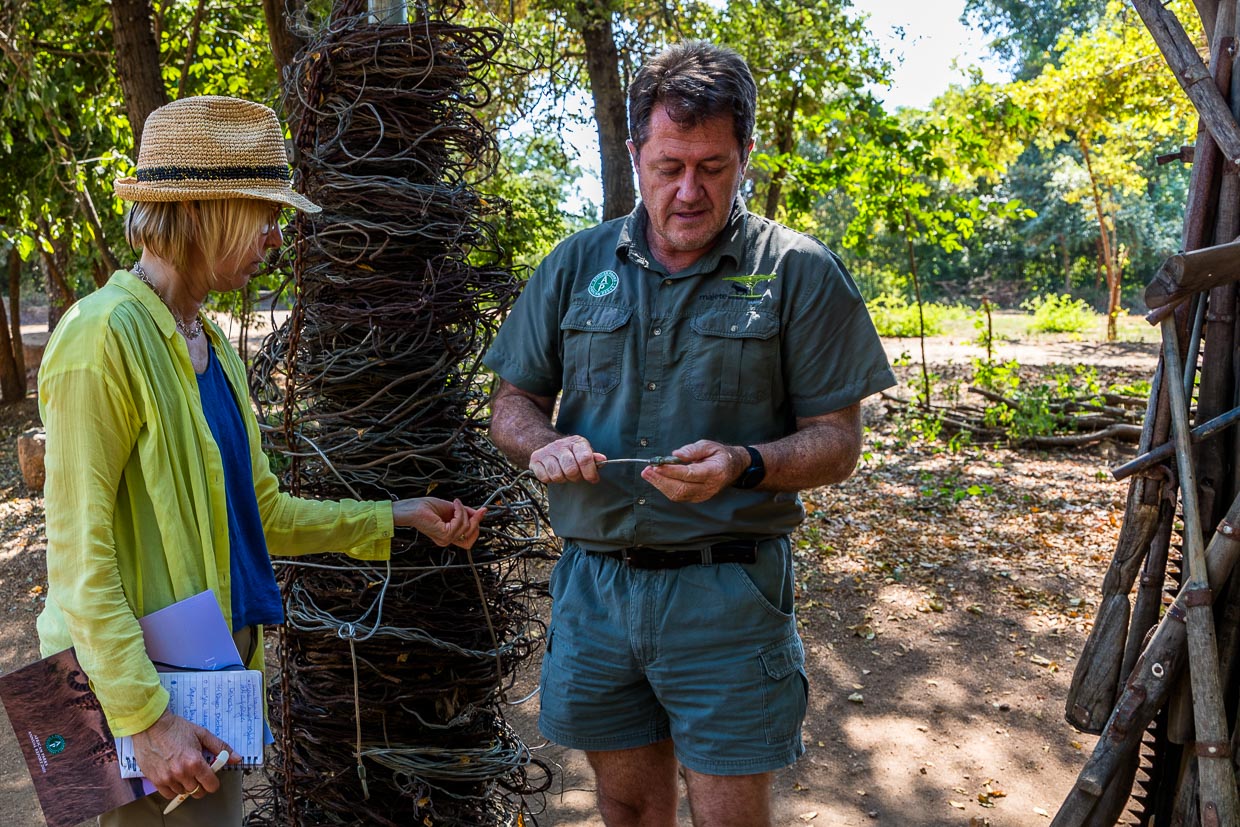
Cable loops stretch around the neck, belly or leg of lions, hyenas or cheetahs. But also elephants, rhinos and giraffes suffer serious leg injuries. And again and again great apes lose limbs or die in agony in the snare traps. Wire snares kill indiscriminately and poachers often fail to find their laid traps. A loss that is probably calculated in and leads to even more snare traps. Bushmeat is often the only source of animal protein for rural people. In addition, the sale of bushmeat is a good source of income and demand from the cities is increasing, as the meat is considered a delicacy there and fetches correspondingly lucrative prices. To prevent the fight against poaching from becoming a Sisyphean task, the anti-poaching measures are multi-layered and also start with the people.
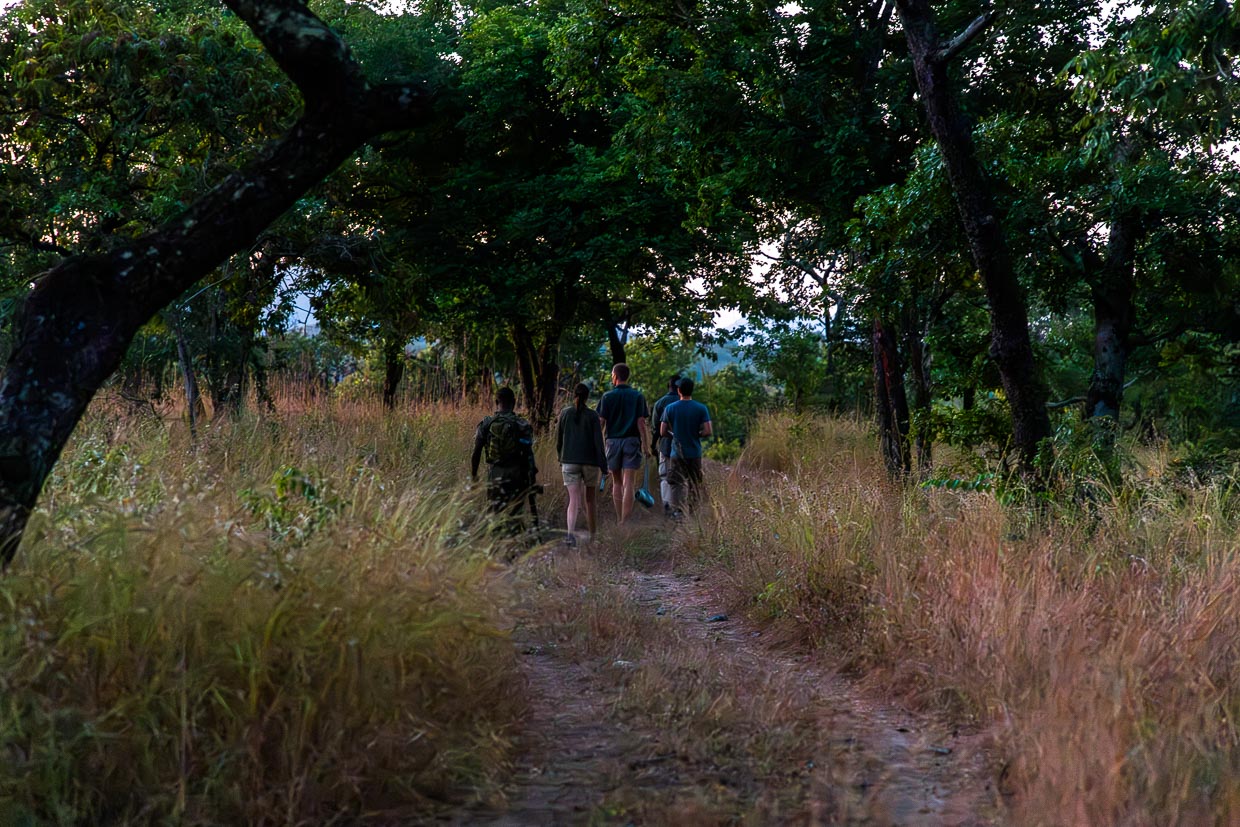
Malawi’s rural population needs alternative sources of income, e.g. through higher-yielding, sustainable agricultural cultivation methods and new market access. Local communities need to be involved in finding solutions, and education about the devastating consequences of poaching, especially snare trapping, needs to be provided already in schools. The African Parks team works on all these levels and also trains game rangers. The rangers are drawn from local communities, which in turn creates new income opportunities. In some cases, they were trappers themselves in their former lives and know the area and methods intimately. So who would know better how to stop the brutal hunting with snares than former poachers.
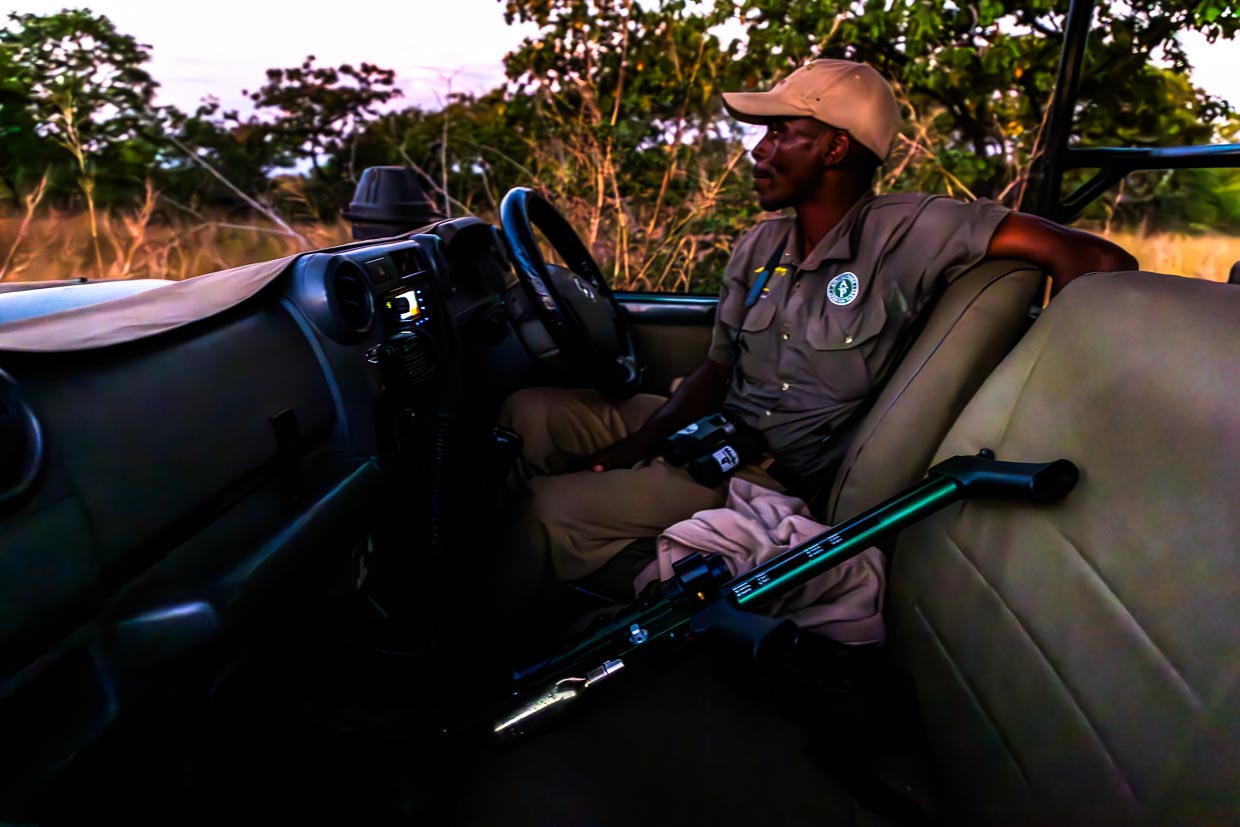
In recent years, African Parks has launched a number of community projects, explains John Adendorff. One of them is Honey with Heart. Around 800 beekeepers in the surrounding communities now harvest two tons of honey a year, which is marketed professionally and thus contributes to the family income. Fish farms have also been established, men and women have been trained in intelligent farming and irrigation, and investments have been made in health facilities and education. Many national parks and game reserves now offer tourists visits to village communities to draw attention to the commitment and need for everyone, including tourists, to work together.
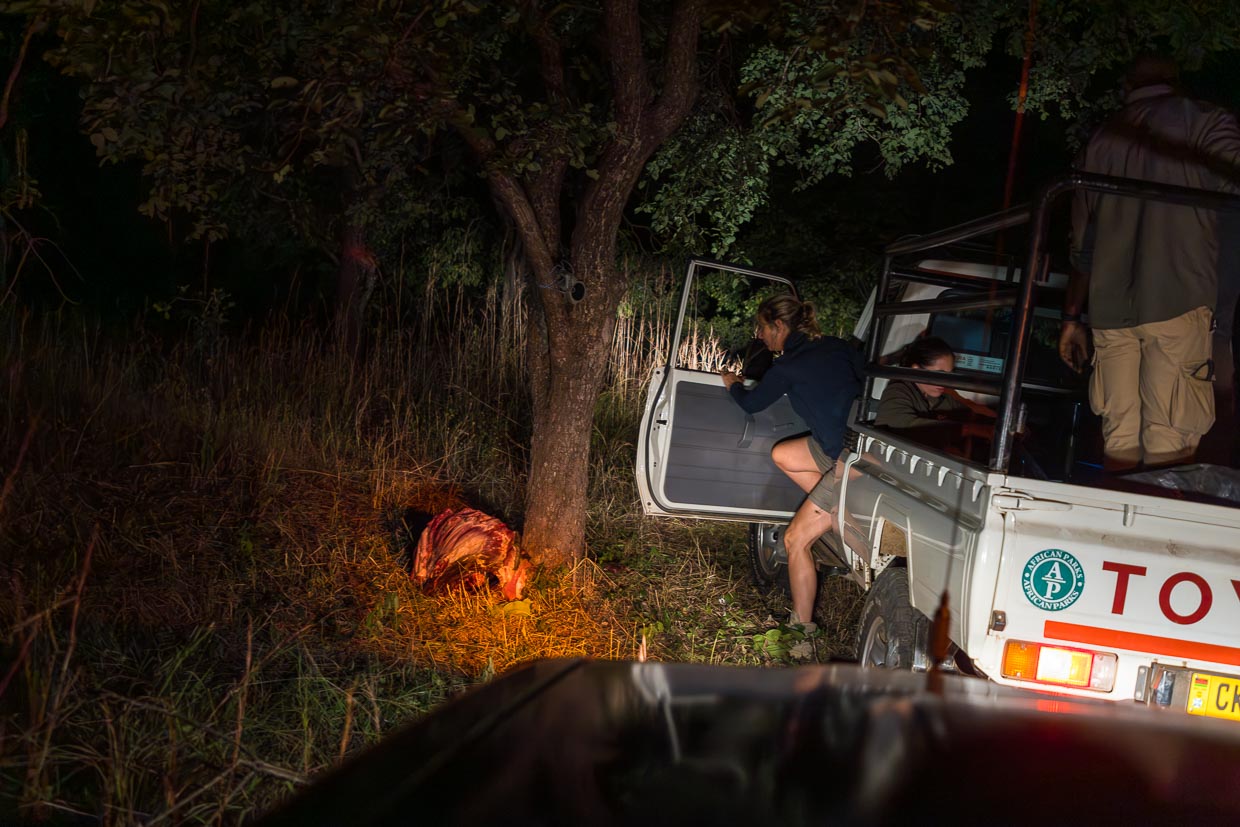
Lion lure
Veterinarian Dagmar Mayer brings her tranquilizer gun to bear that evening, but at the last second the lioness decides to take flight. The lure of the dying buffalo had led her right up to the tree with the meat bait. But she is alert and disturbed by the hyenas lurking in the tall grass.
By monitoring the big cats living in the park, the scientific staff know a lot about each animal. Sheerie was one of the first lionesses in Majete Park in 2012. By now she is an older lady and shies away from conflict with the hyenas. So the new radio collar has to wait, the action is cancelled and the hyenas enjoy the dusted prey.
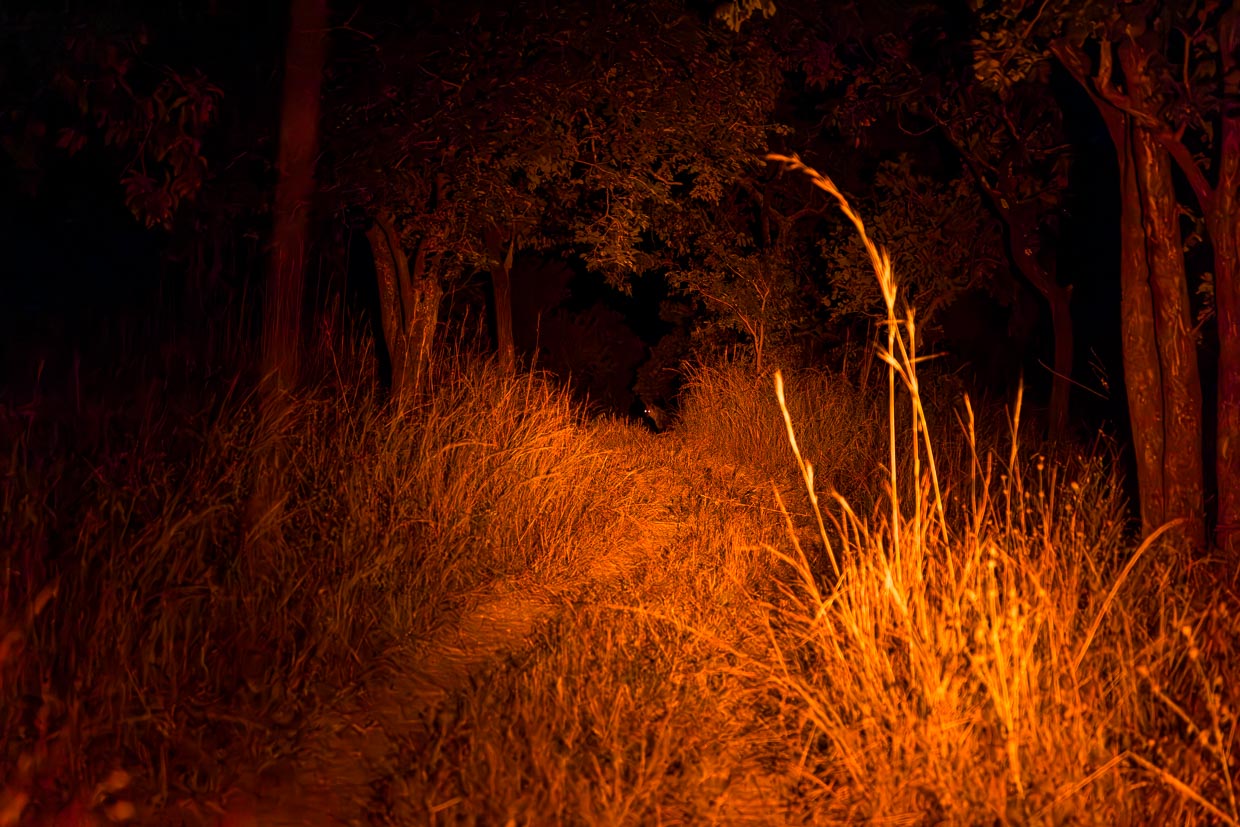
Conservation in wildlife reserves is extremely diverse and complex. Also because, as Dagmar Mayer tells us on the way back, there are many endangered animal species that only have a chance of survival in the protected areas of the national parks. As an example, she mentions the pangolin, which is threatened with extinction in Asia and Africa. The pangolin’s scales are used in traditional Chinese medicine (TCM). Accordingly, the hunting of the shy pangolin is greedy and ruthless. The Majete Wildlife Reserve is also involved here, rehabilitating animals rescued from the illegal wildlife market in order to reintroduce them to the park.
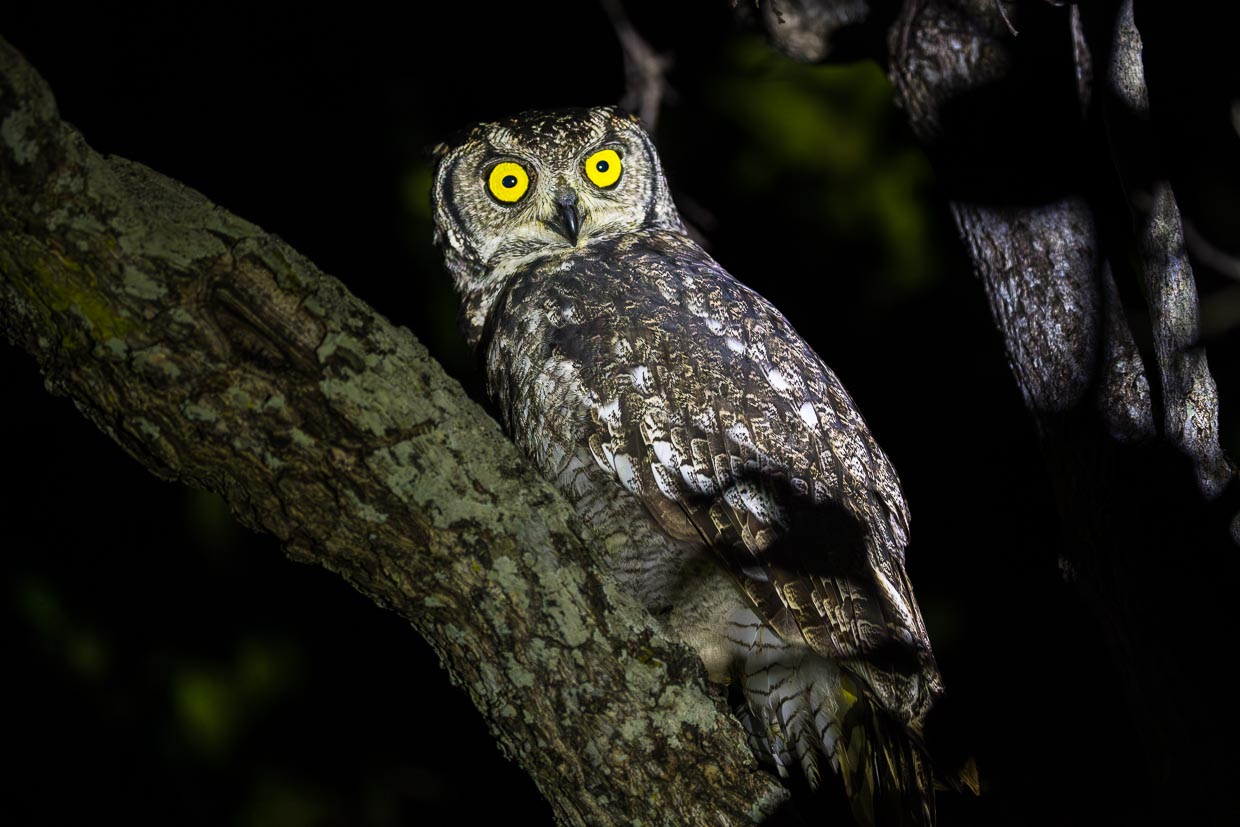
Tourism and long-term species conservation
Besides all the commitment to animal conservation and the constant fight against poaching, sustainable tourism is of great importance for the conservation of the protected areas. By developing tourism and marketing the parks, it is hoped that the protected areas will one day become financially self-sustaining, thereby improving the well-being of the people living in the area surrounding the reserve. At Majete Wildlife Reserve, visitors can book daily morning and afternoon game drives, cheetah tracking walks or a visit to a village community. In addition, 100 percent of the revenue from overnight stays at Thawahle Lodge stays in the park.
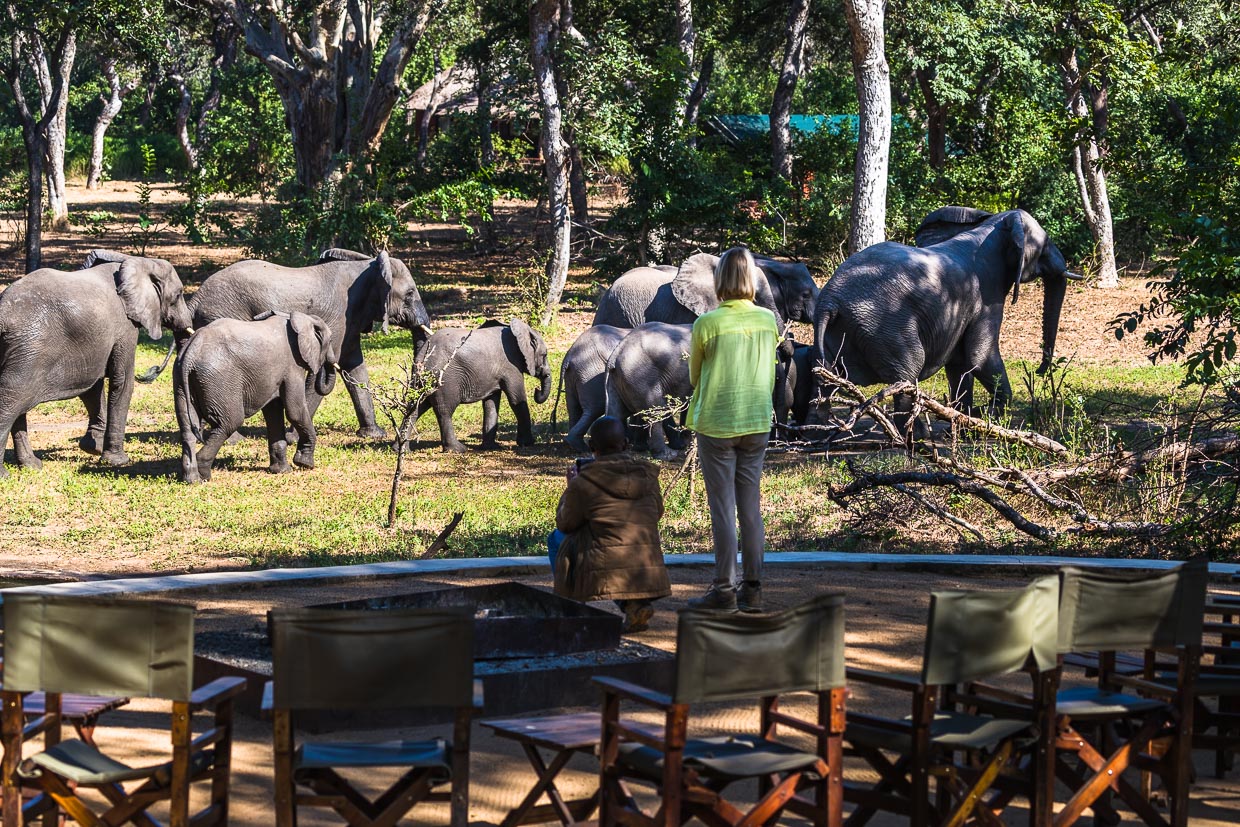
Malawi as a travel destination
Malawi is still considered an unknown travel destination even among Africa connoisseurs. The landlocked country in Southeast Africa, which is also called the Warm Heart of Africa, is therefore still considered an insider tip for Africa travelers. In regional comparison, Malawi is a safe and peaceful country. The country’s landscape is dominated by Lake Malawi, the tenth largest lake in the world. In the total of five national parks, four game reserves and three nature reserves, successful wildlife management has been practiced for years and biodiversity has increased enormously. Nevertheless, the population of Malawi suffers from poverty. A controlled growth in tourism is also creating income opportunities in rural areas and improving the livelihoods of families. The country’s parks and wildlife reserves also contribute to job creation. When visiting one of the national parks, such as Liwonde National Park, it is worthwhile to also look at the diversity and creativity of the community projects. More information about African Parks and Majete Wildlife Reserve and Thawale Lodge in Majete Park. For planning a trip to Malawi, the website Tourism in Malawi also helps. An overview of all reports from Malawi, also about accommodations at Lake Malawi and in the capital Lilongwe, about banana farming and the national dish Nsima can be found on the country page Malawi.
The research trip was supported by the Ministry of Tourism in Malawi.

